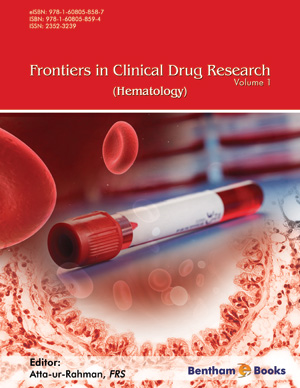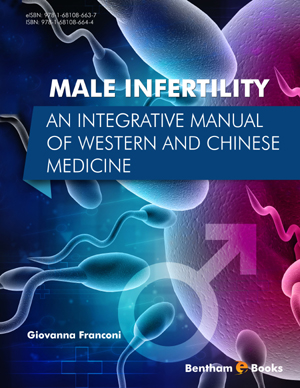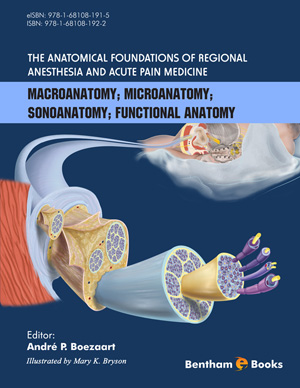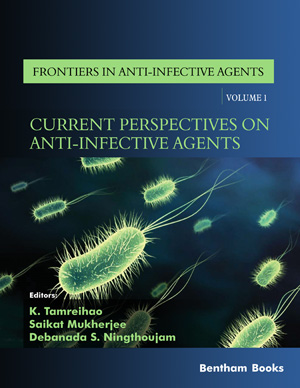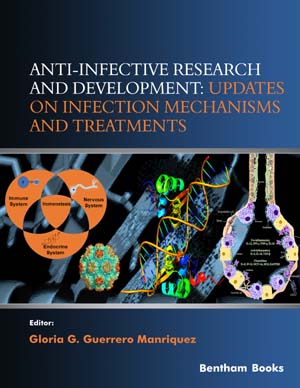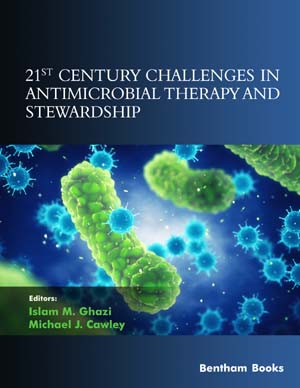Abstract
Chronic lymphocytic leukemia (CLL) is a B cell malignancy characterized by the accumulation of mature monoclonal CD5-positive B cells in the blood, secondary lymphoid tissues and marrow. Despite much advancement in therapy during the last decade, CLL is still considered an incurable disease. The combination of different drugs such as fludarabine, cyclophosphamide and rituximab (FCR) have led to improved progression free-survival and overall survival but only 45% of patients achieve a complete remission and nearly all patients eventually relapse.
Chronic lymphocytic leukemic cells are characterized by an apparent longevity in vivo which is lost when they are cultured in vitro. This observation suggests that cellular interactions and factors provided by the microenvironment are essential to cell survival and may protect leukemic cells from the cytotoxicity of conventional therapies. Moreover the infiltration of CLL cells in lymphoid tissue and in bone marrow is a key element in disease pathogenesis and correlates with clinical stage. Increasing emphasis is now placed on understanding the leukemic/stromal cells cross-talk to identify signals supporting disease progression and to explore novel therapies targeting the microenvironment. This review will focus on critical cellular and molecular pathways of CLL-microenvironment interactions: in vitro and in vivo models for studying the CLL microenvironment will be discussed and new strategies that are being evaluated to disrupt protective signals that support expansion of the neoplastic B cell clone will be described.
Keywords: Chronic lymphocytic leukemia, cytokines, growth factors, microenvironment, bone marrow, lymph-nodes.


